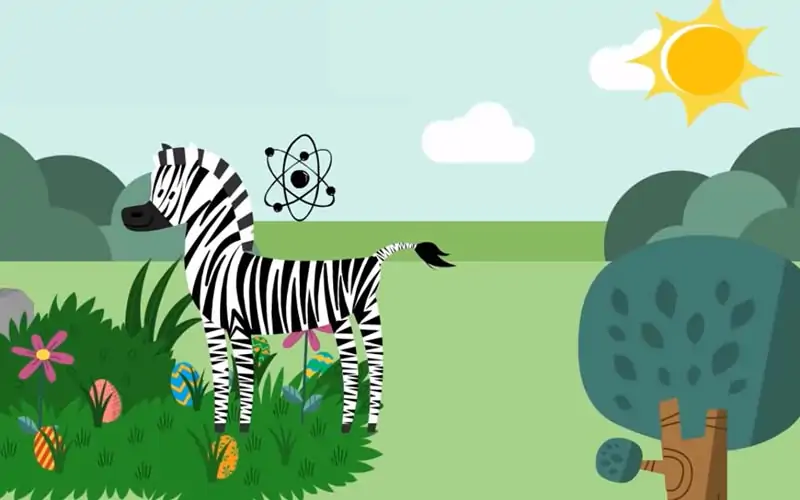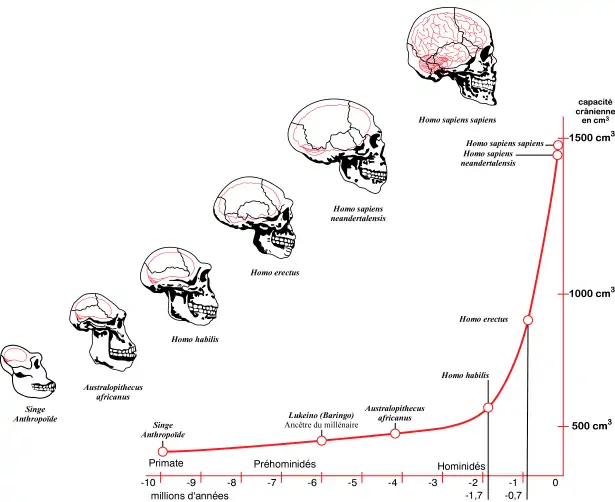Describe the Qualitative & Quantitative characters of plant community.
The community characters can be classified as analytical and synthetic. The analytical characters are both qualitative and quantitative in nature. The important qualitative characters of any plant community are:
Floristic Composition:
It refers to the types of species present in a community. Mostly the communities are named after dominant plant species as plants are static. By taking floristic composition into consideration, we can get an idea about the relationship between the species to the environment, the habitat of different species and the trends prevailing in the community.
For example Adathoda vasica is a winter annual plant which occurs in co-existence with Capparis sepiaria. it shows the relationship with other member of the same community. The rocky areas in which these plants are found indicate the habitat. Growing in such uneven land also indicates that the plant has made certain adaptation to the unfriendly living conditions. The presently growing species also tells about the future trends of the vegetation.
Stratification of Vegetation:
It refers to the requirement of light, temperature, moisture, and biotic factors by different types of plants, like trees, herbs, shrubs, etc. In a tropical rain forest the vertical stratification is clearly visible. The canopy acts as the chief zone for energy fixation influencing the rest of forest community directly. When the canopy is closed the small plants and creepers consist of shade loving species and when the canopy is open the underneath plants are well developed.
Periodicity:
The periodic phenomenon of living beings in response to the climate of the area they are present in, is called ‘Periodicity’ . For example each species of plants have different period of seed germination, growth, flowering and fructification. The recorded data is called as ‘Phenology’
Vitality and Vigour:
Vigour refers to the state of health at a particular stage whereas vitality is the capacity of a plant to complete its life cycle.
Life Forms:
The plant life in an area exists in various forms like tall, short, herbaceous, woody, evergreen, shrubs, etc.
Sociability:
The tendency of a plant to grow singly or in colonies or as a mixed population is called as sociability.
The quantitative characters of a plant community are:
Population Density: The average number of individuals of a particular specie present in a given unit area is called the Population Density.
Herbage Cover: It is the round area occupied by aerial plants of the plant like leaves, inflorescence, etc.
Height of Plants: The height of a plant indicates the general performance of any plant species and is much used as an index of site quality for various types of trees.
Weight of the Plants: Weight of a plant is a characteristic which is well judged by its quantitative growth. The total mass of the plants in an area commonly known as biomass is the best way to find out the quantitative growth.





